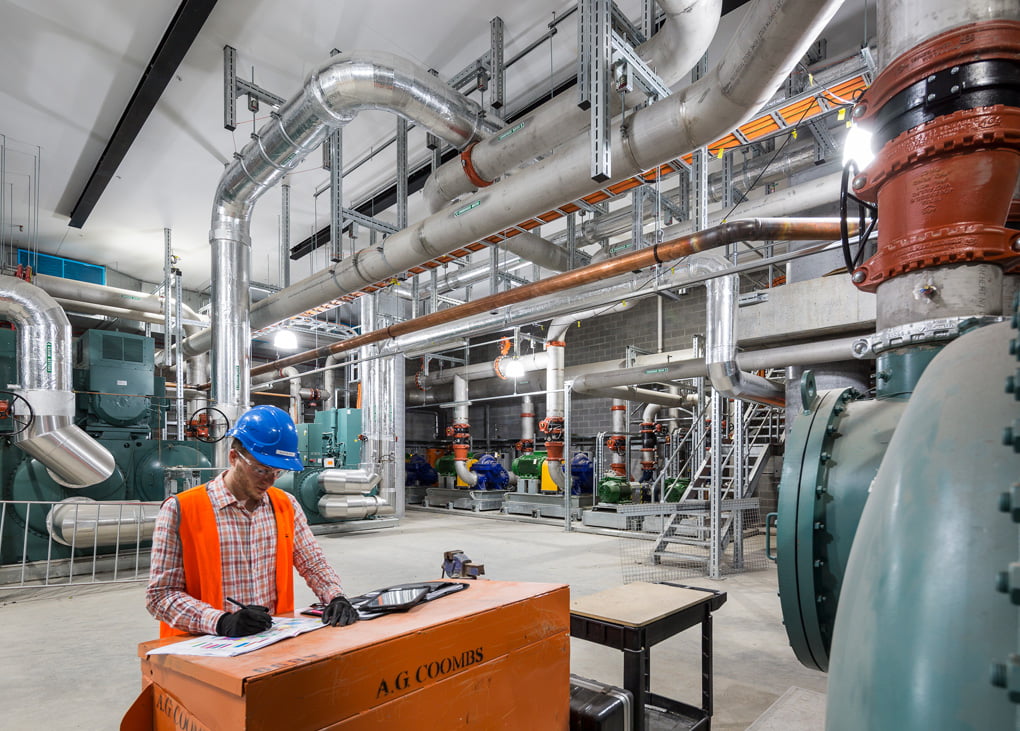A.G. Coombs has produced an update on its advice about refrigerant use for commercial HVAC systems.
“As the world grapples with rising temperatures caused by the emission of greenhouse gases, refrigerants are under renewed scrutiny,” A.G. Coombs says. “Common refrigerants are classified as greenhouse gases, which can be hundreds or even a thousand times worse from a global warming potential (GWP) versus the equivalent volume of natural refrigerants such as carbon dioxide (CO2).”
The Advisory Note is detailed, providing information on the HFC phase-down and Montreal Protocol, the state of the current refrigerant market, HFC alternatives, refrigerant trends, and an assessment of what the phase-down means for commercial HVAC systems.
Since the phase-out of chlorofluorocarbons (CFCs) and hydrochlorofluorocarbons (HCFCs), the most common type of refrigerant available in the market today are hydrofluorocarbons (HFCs).
“The major problem with HFCs arise from their global warming potential,” the note advises. “GWP is a physical property of greenhouse gases, which indicates the propensity of the gas to trap atmospheric heat.”
The note goes on to explain the HFC phase-down is a gradual reduction in the maximum amount of HFCs permitted to be imported into Australia.
“The structure of the Australian government HFC phase-down is geared towards limiting the importation of HFC gases, with a view of encouraging market forces to determine the best solution,” the note says. “As such, it is useful to observe the market to see what changes, trends and innovations are taking place.”
So, what does this mean for commercial HVAC systems?
“With the phase-down of HFC refrigerants, there will be reduced supply, and this is likely to result in increasing cost of the gas over time,” says A.G. Coombs. “This has been observed with an increasing cost of R134a over the past five years.”
The note advises keeping an accurate asset schedule of all incorporating HFC refrigerants, speaking with mechanical maintenance providers to identify any HFC plant operating inefficiently, preparing a refrigerant management plan, reviewing chiller plant replacement strategies, and consideration of systems that can offer both cooling and heating at the same time to leverage cost efficiencies.
“It should be noted that the Kigali agreement is a phase-down and not a phase-out, meaning there are no HFC production bans as there were with hydrochlorofluorocarbons (HCFCs) such as R22,” the note says. “However, it is still important to consider the selection of the refrigerants in any new and replacement plant.”
To read the A.G. Coombs Advisory Note, click here.
 Matt Dillon
Matt Dillon


Leave a Reply